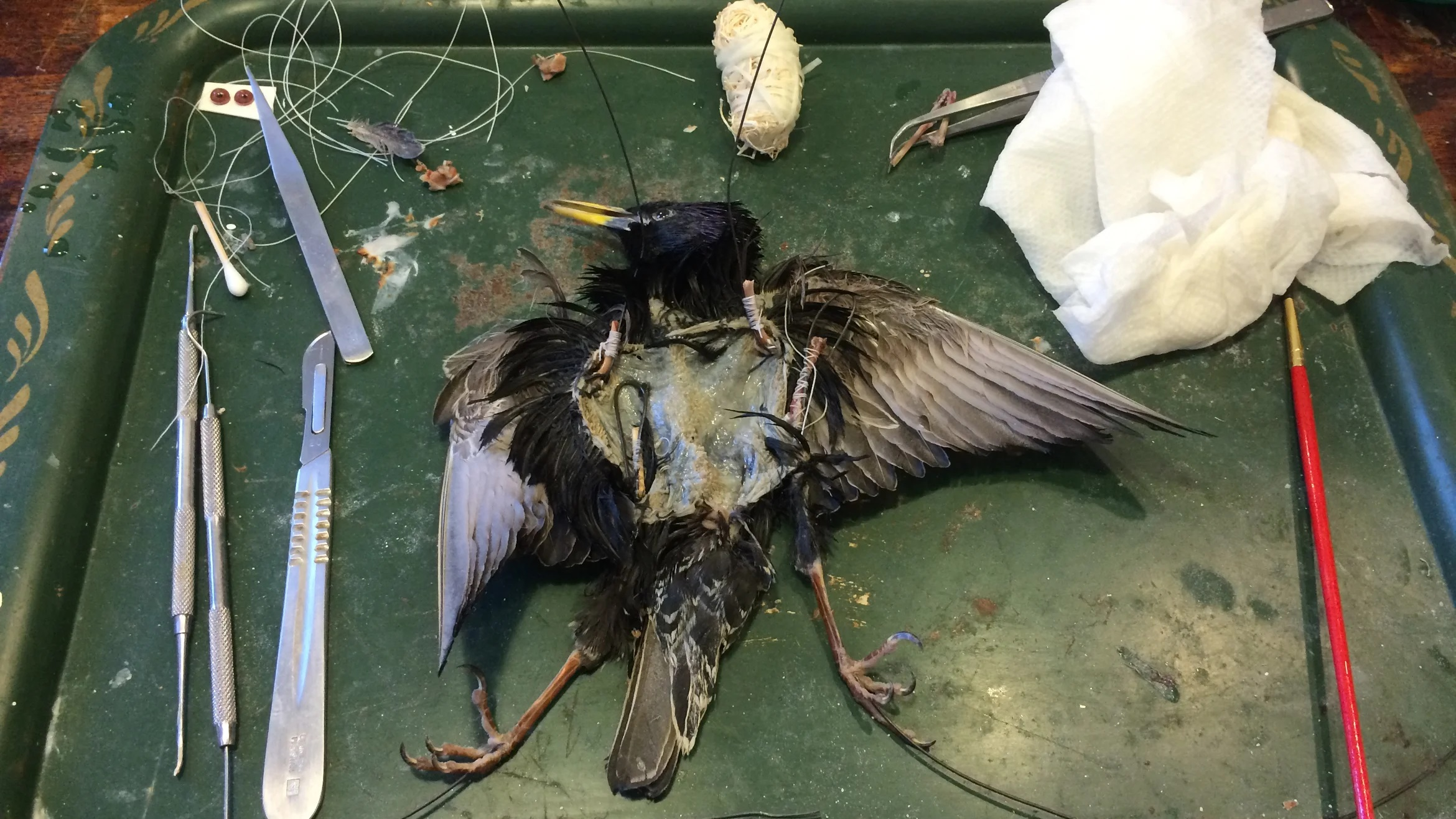Did you know that preserving dead birds’ body parts is a practice that has lasted for a long time? People keep these dead birds for various reasons, including showing respect to the bird, decorations, and holding onto a memory. Regardless of the reason, preservation is an inescapable necessity for most bird enthusiasts.
Typically, preserving bird feet ensures that the feet last for a long time. There are different ways to preserve bird feet depending on what you want to use them for. Birds’ feet are delicate, and special care is needed for successful results. Let’s look at the tips and instructions on how to preserve bird feet.
Preparing the Birds’ Feet for Preservation
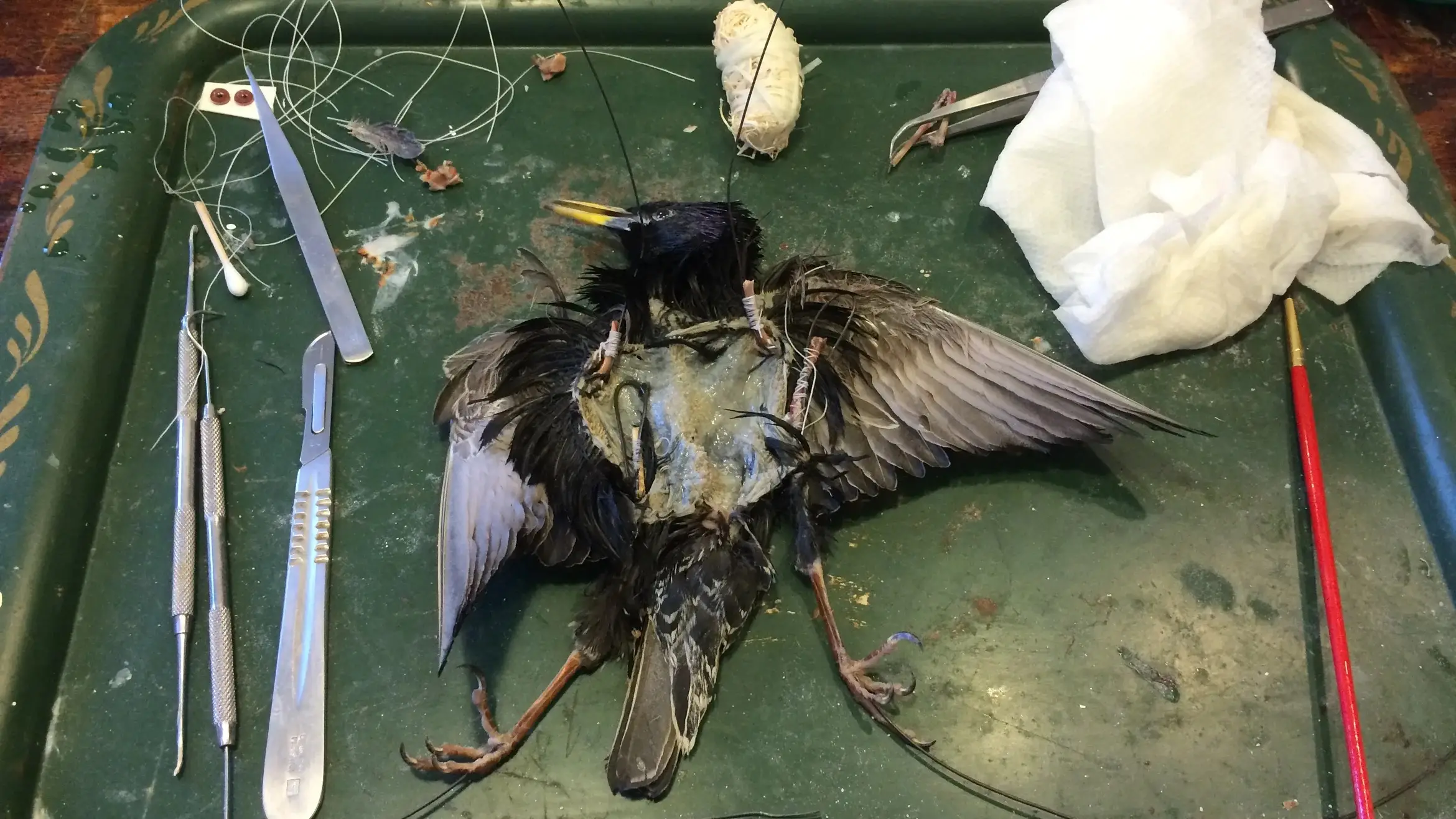
Image Credits: catapult.co
Before preserving the birds’ feet, there are basic steps to follow to make the preservation a success.
1. Gather Your Materials
Assemble all the materials you’ll need during the entire process. Some materials include a cardboard box or any container with a lid, water, a knife, and a drying agent such as borax (washing soda) or table salt. Ensure the materials are clean to avoid contaminating the birds’ feet.
2. Clean the Feet
Using a brush, remove any dirt or debris from the surface of the feet.
3. Soak the Feet
Place the feet in a jar or container filled with warm water and let them soak for 24 hours. Soaking the feet softens the skin and makes it easier to work with.
4. Remove the Skin
Use a knife to carefully remove the skin from the feet and avoid damaging the underlying tissues. But this is optional because, for some purposes, you may need the natural appearance of the feet.
5. Preserve the Feet
Once you have removed the skin, you can preserve the feet using the following methods that were going to discuss below.
Bird Feet Preservation Methods
There are several ways to preserve bird feet. The most common method is to dry them. You can also stuff, mount, or freeze them.
1. Drying
Drying is the easiest and most common method of preserving bird feet. You can use an oven set on the lowest setting or a dehydrator. Place the feet on a wire rack or screen and dry for 24-48 hours or until the skin is hard and dry to the touch.
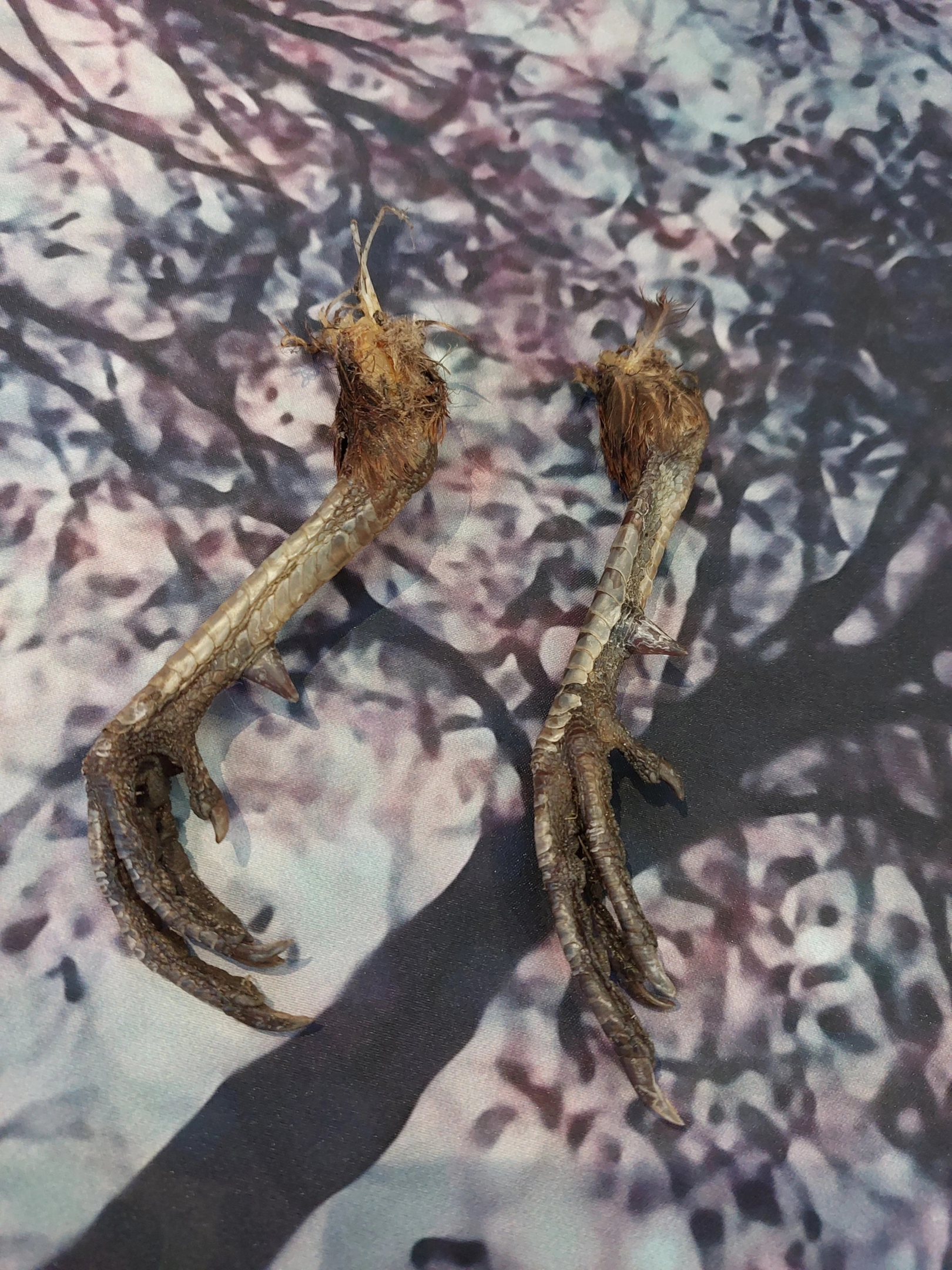
Image Credits: etsy.com
Alternatively, blow dry the washed feet, then soak them in a container with salt, 20 Mule Team Borax, or cornmeal following these steps;
Sale  20 Mule Team All Natural Borax Detergent Booster & Multi-Purpose…
20 Mule Team All Natural Borax Detergent Booster & Multi-Purpose…
- Add to laundry to help remove tough stains, deodorize and freshen
- Wipe on counters and appliances to remove grease and grime and make dishes sparkling clean
- Removes soap scum, hard water deposits, and dirt
- 20 Mule Team Borax is an amazing, all-natural mineral found in all corners of the globe
- Families have been using Borax for all sorts of things such as cleaning, laundry, preserving flowers, DIY crafting, and more
i) Open your container and pour about 2″ of salt, 20 Mule Team Borax, or cornmeal. Ensure it’s evenly distributed over the bottom of the container.
ii) Place your birds’ feet on top without touching each other.
iii) Add more salt, borax, or cornmeal overtop to cover the parts completely.
iv) Place the lid firmly. Use a knife to cut a few openings in the lid to allow air passage.
v) Place the container in a cool, dark, and dry place for at least a month.
vi) Remove the lid, and take the birds’ feet out to inspect them.
2. Stuffing
Stuffing is another option for preserving bird feet. It keeps the feet looking natural and prevents them from becoming wrinkled.
Instructions
i) Remove any feathers attached to the foot since feathers might carry feather mites that may contaminate the feet.
ii) Rub the feet with borax to help them dry faster.
iii) Stuff the foot with SuperMoss Aspen Excelsior (wood shavings)or cotton. Use enough material that fills the foot.
iv) Finally, sew the opening closed with a needle and thread or tightly close the lid.
Sale  SuperMoss B0053B8CMO, Natural, 4 Ounce
SuperMoss B0053B8CMO, Natural, 4 Ounce
- Aspen Wood Shavings: Made from fine Aspen wood shavings that twist and curl just like Spanish Moss, this long lasting material is ideal for…
- Many Uses: Washed and cleaned to remove dust and small particles, it also makes an attractive liner for presents, gift baskets, and picnic…
- Home and Garden: We carry a wide array of natural mosses and lichens including Spanish, sphagnum, reindeer and mountain moss, sheet moss and…
- Sustainably Sourced: Our products are sustainably procured and never toxic; We take great care to partner only with companies that make…
- Natural Elegance: Whether you’re bringing new life to your living space, enriching your garden for spring, or designing a centerpiece for a…
3. Mounting
The bird feet can be displayed after being dried. More often than not, people use dried feet to create art.
Use a household adhesive or hot glue to glue the feet to a small corkboard. Allow the adhesive to dry completely before displaying the finished product.
Sale  Quartet Cork Tiles, Cork Board, 12″ x 12″, Corkboard, Wall Bulletin…
Quartet Cork Tiles, Cork Board, 12″ x 12″, Corkboard, Wall Bulletin…
- Design your own bulletin board, any size or any shape, or cover a whole wall with self stick cork panels
- Use push pins or tacks to secure documents and photos in the cork; Each tile is 12”w x 12”h
- Provides the added benefit of noise absorption in loud areas
- 3/16″ thick cork surface is self healing for durability and lasting use
- Adhesive tape included for easy installation in any room; One pack includes 4 cork tiles
4. Freezing
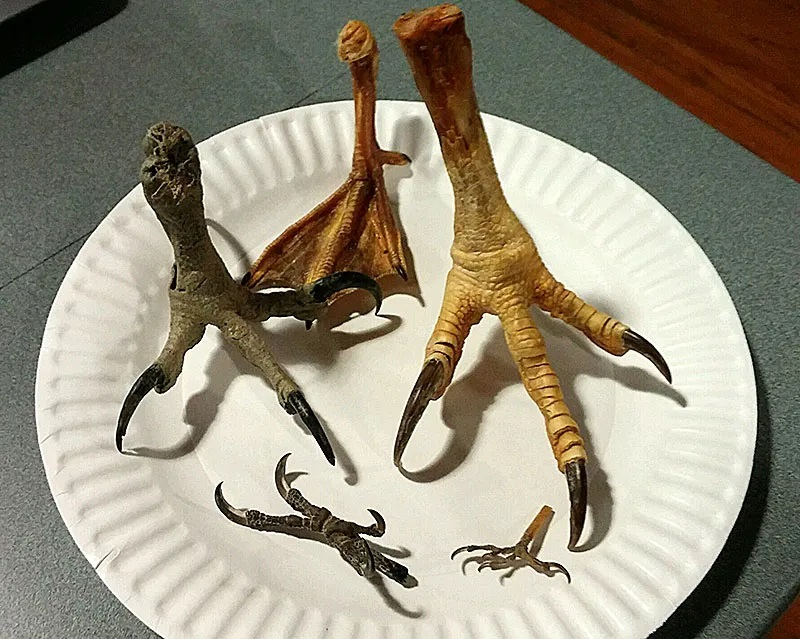
Image Credits: perkypet.com
Freezing is a good option if you plan to eat your preserved bird feet or use them for anatomy studies.
Instructions
i) Remove any feathers that are attached to the foot.
ii) Wash the feet in cold water and allow them to air dry completely.
iii) Finally, wrap each foot in paper towels and place it in a freezer-safe bag.
iv) Freeze for several months or until you are ready to use them
5. Using Glycerin and Water Solution
 naissance Vegetable Glycerin (Glycerol) Liquid 32 fl oz – Pure, USP…
naissance Vegetable Glycerin (Glycerol) Liquid 32 fl oz – Pure, USP…
- 🍃 100% NATURAL – Vegetable Glycerin is a colorless, sweet liquid extracted from vegetable oils.
- 🍃 BEAUTY – Can be added to creams, lotions, bath salts and to your other homemade beauty formulations for additional moisturisation….
- 🍃 SKINCARE – It has conditioning properties and can help improve the look of skin and hair.
- 🍃 Can be used in soap making as a lubricant
- 🐇 Not tested on animals 🌻 vegan friendly. No GMO.
Instructions
i) Soak the feet in a solution of water and bleach for 24 hours to kill any bacteria present to prevent decomposition
ii) Rinse thoroughly and air dry
iii) Soak the dry feet in a water and glycerin solution. This keeps the feet pliable and prevents them from drying out.iv) Remove the feet from the solution and let them air dry
v) Once the feet are completely dry, you can apply a layer of petroleum jelly or other sealants to prevent moisture.
6. Using Salt Water Solution
If the birds’ feet are fresh, you can soak them in a saturated salt solution for two weeks.
 Mrs. Wages Pickling and Canning Salt, 3 lbs (Pack of 6)
Mrs. Wages Pickling and Canning Salt, 3 lbs (Pack of 6)
- VALUE PACK of 6; 3 pound bags
- CRYSTAL CLEAR: have sparkling clear brine every time!
- HIGH PURITY: salt produces a sparkling clear brine and is specifically designed for food canning. It has no iodine or other additives.
- RESEALABLE BAG: don’t worry about not using it all because you can seal it up to keep it fresh for later use!
- NO ARTIFICAL FLAVOR; No artificial color; Kosher
instructions
i) In a container of lukewarm water, keep pouring in salt, preferably pickling salt, and keep stirring until no more can dissolve.
ii) Put the birds’ feet in the solution and soak for two weeks. The salt solution keeps the feet from drying and prevents them from deteriorating.
However, this method is suitable for only a limited time of two weeks. But if you want to preserve the feet for a long time, you can remove them from the salt solution after two weeks and then let them dry completely.
Care for the Preserved Bird Feet
After the birds’ feet preservation work, ensure you don’t let it go to waste by ignoring it. Keep your mounts away from direct sunlight in a climate-controlled space of your home. Dampness can result in rot, while excessive dryness can cause hides to crack or split. Dust them occasionally to keep them clean and realistic looking.
Reasons for Preserving Bird Feet
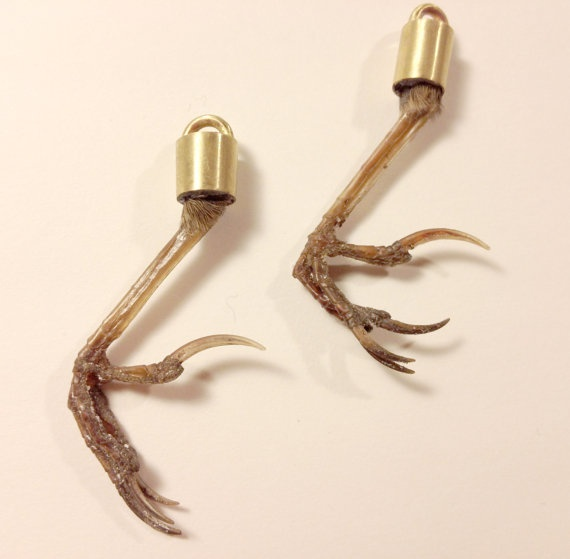
Image Credits: pinterest.com
There are several reasons why people might choose to preserve bird feet. Some of the most common reasons include the following:
i) Decorations as pieces of art
ii) For magical and spiritual purposes
iii) Cultural beliefs of good luck charms
iv) To study the anatomy and evolution of birds
v) To hold onto a memory
Frequently Asked Questions on How to Preserve Bird Feet
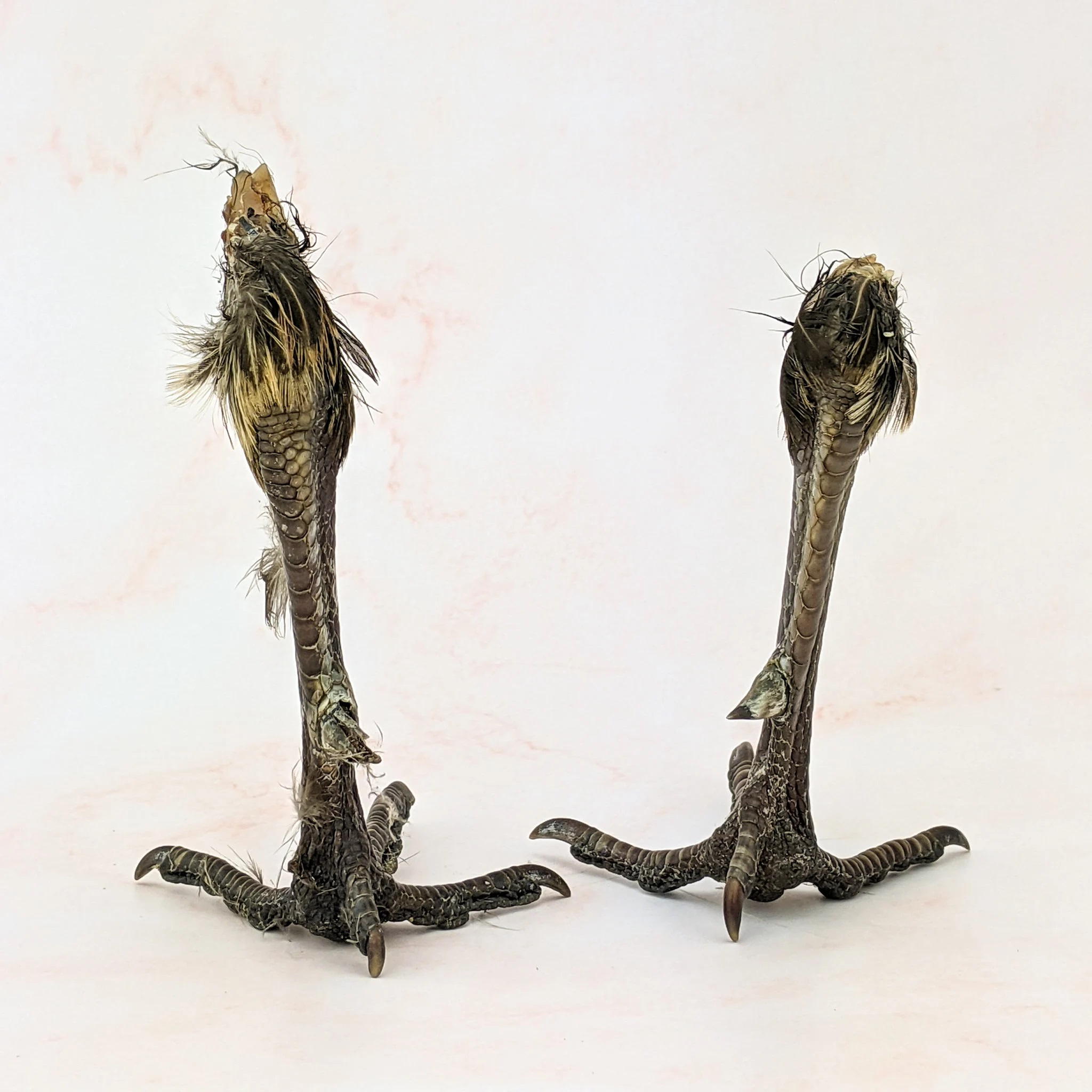
Image Credit: shtofubosg.com
a) What is the Best Way to Preserve Bird Feet?
There are several ways to preserve bird feet, but the most popular methods are freezing and drying. Freezing will keep the feet from drying out and prevent them from deteriorating. You can also treat the feet with a commercial preservative, such as borax, which will help to prevent rotting and dry them faster. Finally, if you want to keep the birds’ feet for display, you can mount them on a board or driftwood.
b) How Long Do Preserved Bird Feet Last?
Preserved bird feet can last many years if properly cared for. However, it is important to note that they will eventually deteriorate and become brittle over time. Therefore, store them in a cool, dry place out of direct sunlight for a prolonged lifespan.
c) How Do I Know When the Bird’s Feet are Fully Preserved?
Fully preserved feet should feel dry and completely stiff. In addition, the severing points or exposed flesh should not be sticky or moist. As a rule, bird feet take at least a month to dry. But if they don’t meet these criteria, bury or stuff them for another month.
d) Does the Species of a Bird Affect how the Feet will Preserve?
The feet preservation methods work the same for all bird species, including turkey feet and chicken feet.
e) Do Bird Feet Preservation Methods Work for Other Bird’s Body Parts?
Yes, most of these methods work for other bird body parts too. Although bird wings and legs take at least a month, and heads can take longer, up to three months. Salt water and the borax method are the most preferred when preserving wings and tails.
Conclusion on How to Preserve Bird Feet
You can hardly overstate the significance that comes with preserving bird feet. Whether you want to have the memory of a beautiful bird or decorate specific spaces, there’s always a right and easy approach to preserving a dead bird’s feet.
The most important thing is understanding the procedure involved in preserving these feet. Also, always wear protective gloves because birds can be carriers of salmonella and other parasites. And wash your hands and all your tools thoroughly afterward.

